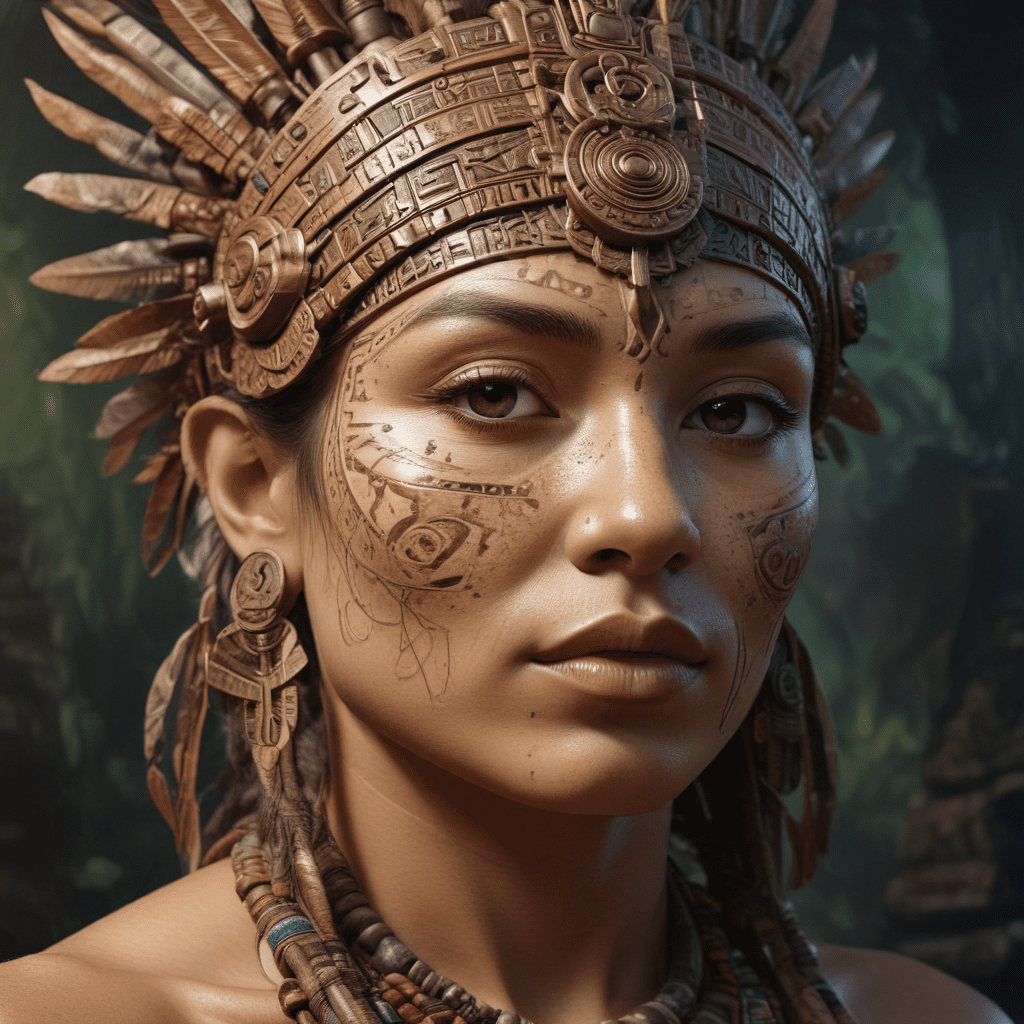The Concept of Transformation and Growth in Norse Mythology
In Norse mythology, the theme of transformation and growth plays a significant role in understanding the dynamic and symbolic nature of the stories and gods within this rich folklore.
1. Transformation in Norse Mythology
Transformation is a prevalent theme in Norse myths, often depicted through shape-shifting, divine interventions, and challenges that lead to personal or cosmic changes. One of the most notable examples is the story of Loki, the trickster god, who transforms into various beings to achieve his cunning purposes.
2. Symbolism of Growth in Norse Mythology
Within the context of Norse mythology, growth symbolizes not only physical development but spiritual and mental evolution as well. The gods themselves undergo journeys of self-discovery, facing trials that ultimately lead to personal growth and wisdom. The myth of Odin’s sacrifice, where he hangs himself from the World Tree Yggdrasil to gain knowledge and power, exemplifies this concept of transformative growth.
3. The Significance of Transformation and Growth
Transformation and growth in Norse mythology are essential elements that reflect the cycle of life, death, and rebirth. These themes emphasize the impermanence of existence and the constant striving for improvement and renewal. Whether through the Ragnarok, the mythical end of the world followed by a new beginning, or through the experiences of individuals like the god Thor overcoming challenges to become stronger, transformation and growth stand as pillars of Norse beliefs.
4. Lessons from Norse Mythology
By understanding the concept of transformation and growth in Norse mythology, we can learn valuable lessons about resilience, adaptation, and the necessary upheavals for personal development. The tales of gods and heroes facing their fears, embracing change, and emerging wiser and more formidable speak to the universal human experience of overcoming obstacles and evolving into better versions of ourselves.
FAQ: The Concept of Transformation and Growth in Norse Mythology
What is the significance of transformation in Norse mythology?
Transformation in Norse mythology symbolizes rebirth, renewal, and the cyclical nature of life. Gods, giants, and other beings frequently change forms, reflecting the fluidity of existence.
How does growth play a role in Norse mythology?
Growth in Norse mythology is tied to personal and spiritual development. Characters often undergo challenges and trials that lead to inner growth, wisdom, and strength.
Can you provide examples of transformation and growth in Norse mythology?
Certainly! One prominent example is the story of Ragnarok, the end of the world and the beginning of a new cycle. The tale of Odin sacrificing himself to gain knowledge and the transformation of Loki into a salmon showcase growth and change in Norse myths.
